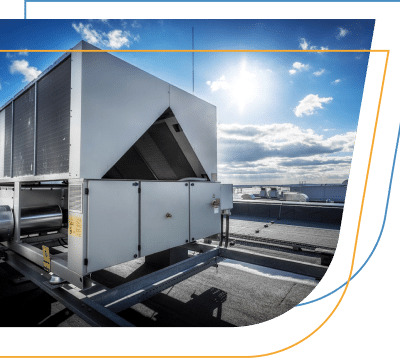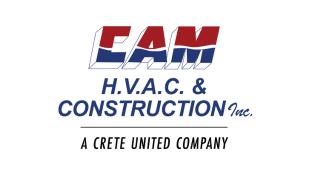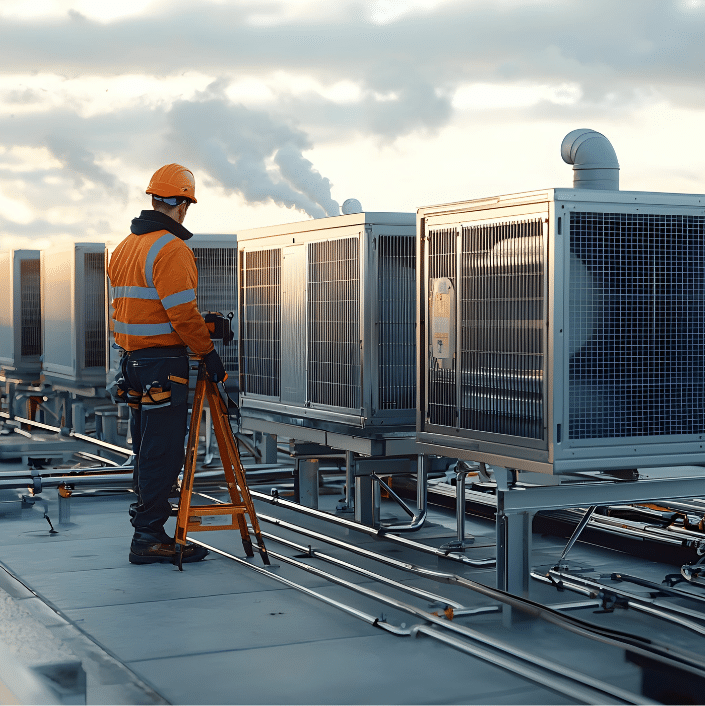

BLOG
WHAT ARE THE PROS AND CONS OF DUCTLESS HVAC?
4/15/24
Ductless heating and cooling continues to rise in popularity as a high-value, flexible solution for both commercial and residential HVAC needs.
As the name implies, these systems provide heating, ventilation and cooling that can operate without ductwork. Instead, indoor and outdoor units are connected by refrigerant lines to deliver warm or cool air through the fans in the wall-mounted unit. In a commercial building, ductless HVAC systems can be designed with multiple units to service specific spaces or “zones,” eliminating the need for a large compressor and ducting system.
- They’re easy to install. Interior units have a small footprint, mount quickly and don’t require ductwork, making installation simple. Units can also be mounted to the wall, ceiling or floor, providing flexibility in a variety of different spaces within a building.
- They’re energy efficient and minimize lost energy in the air transmission process. Ducted systems can lose up to 25% of your warm or cool air through leaks. No ducts means no heat loss and increased cost reductions. Today’s top performing ductless systems can reduce heating and cooling costs by up to 30% per month.
- They’re perfect for temperature control in individual spaces. Connecting multiple interior units can “zone” temperatures in a building, with a single compressor powering multiple air handling units.
- They’re quiet and offer improved air filtration. Interior ductless units make about as much noise as a kitchen fridge and don’t have ductwork that can collect dust and contaminants that can impact air quality.
- They have a high likelihood of qualifying for rebates that can help with the upfront cost of installation.
But, ductless systems aren’t for everyone. Here are some of the “cons” to consider:
- Ductless systems are more exposed and visible, with a bulkier aesthetic than traditional floor and ceiling vents that may be easier to overlook.
- Upfront costs may be higher than replacing components of a traditional system, typically requiring additional capital expenditure to purchase multiple units.
- Increased maintenance is required with the air filters of a ductless system, which need regular cleaning and changing. Failure to commit to a regimented maintenance schedule can lead to reduced effectiveness or even mechanical failure, as the ductless fans can’t handle accumulated debris. If one individual unit fails, it typically needs to be replaced versus repaired with individual replacement components like a ducted system.
- Ductless units provide a different level of air movement and may not be as effective for cooling or heating large areas.
- While offering diverse benefits, multi-split and VRF configurations may introduce additional complexity and cost considerations into the decision-making process.

Ultimately, determining if a ductless HVAC system is right for your commercial building depends on your specific needs and budget. Ductless HVAC systems offer a high-value, effective solution for many businesses with the right system and proper maintenance, but they may not be the right fit for your business and/or built environment.
If you would like help understanding the best solution for your industrial and commercial HVAC needs, Crete United and our companies are here to help. Contact us today to get connected with some of the nation’s top commercial HVAC and energy efficiency experts who can help you choose.





